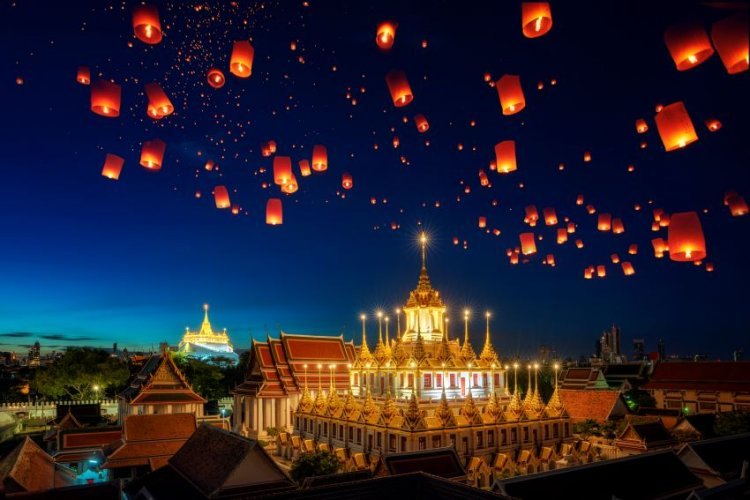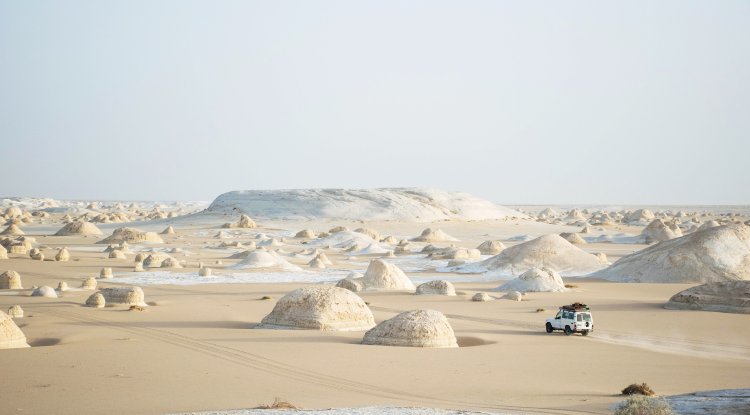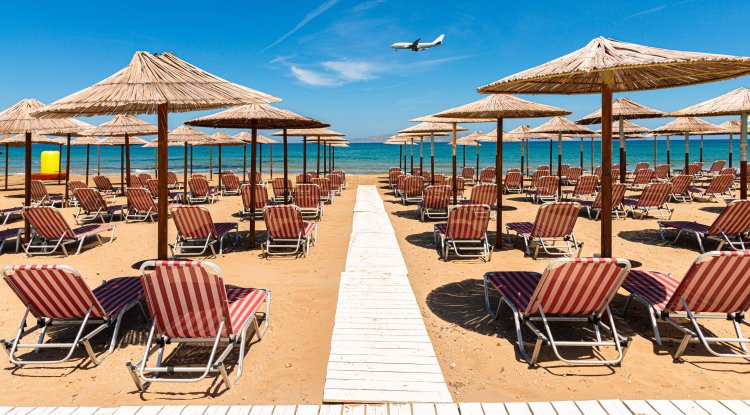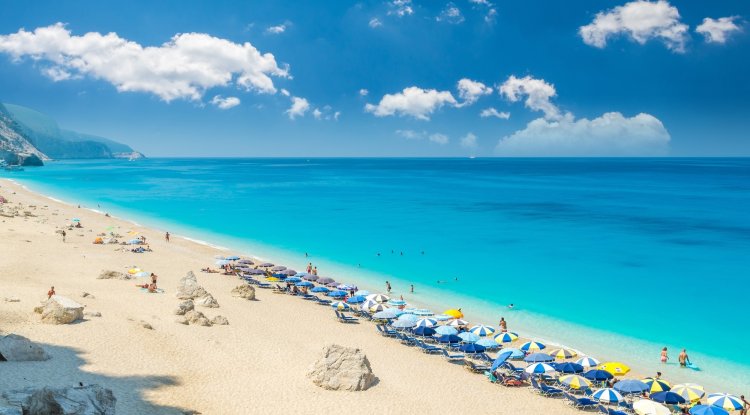Bangkok - Asian Destinations
Bangkok is the capital and most populated city of Thailand. In Thai, it is known as Krung Thep Maha Nakhon or simply Krung Thep. The city covers 1,568.7 square kilometers (605.7 square miles) in the Chao Phraya River Delta in central Thailand and has over 8 million inhabitants, 12.6 percent of the nation’s population. More than fourteen million people (22.2 percent) lived ...

Bangkok is the capital and most populated city of Thailand. In Thai, it is known as Krung Thep Maha Nakhon or simply Krung Thep.
The city covers 1,568.7 square kilometers (605.7 square miles) in the Chao Phraya River Delta in central Thailand and has over 8 million inhabitants, 12.6 percent of the nation’s population. More than fourteen million people (22.2 percent) lived in the vicinity of the metropolitan region of Bangkok according to the 2010 census.
Bangkok’s rapid growth coupled with almost no urban planning has resulted in inadequate infrastructure. Inadequate road network, despite a wide network of expressways, together with the significant use of private cars, led to chronic traffic congestion, which caused great air pollution in the 1990s. The city has since turned to public transportation in an attempt to solve the problem. Five high-speed transit lines are now in operation, with several systems under construction or plans by Bangkok's national government and metropolitan administration.
The history
The history of Bangkok dates back at least to the early 15th century, when it was a village on the west bank of the Chao Phraya River, under the rule of Ayutthaya. Due to its strategic position near the mouth of the river, Bangkok gradually gained importance. The city administration was first formalized by King Chulalongkorn in 1906, with the establishment of the Monthon Krung Thep Phra Maha Nakhon (mṇṯhl krng theph phra mh̄ānkhr) as a national department. In 1915, Monton was divided into several provinces, whose administrative boundaries have changed since then. The city in its current form was created in 1972 with the formation of the Bangkok Metropolitan Administration (BMA), after the merger of Phra Nakhon Province on the east coast of Chao Phraya and Thonburi Province in the west during the previous year.
Geography and climatic conditions
The city of Bangkok itself covers an area of 1,568.7 square kilometers (605.7 square miles). Of that, about 700 square kilometers (270 square miles) make up the built-up urban area. It ranks 73rd in the world in terms of land area. The urban expansion of the city extends in parts of six other provinces bordering, namely, clockwise from the northwest: Nonthaburi, Pathum Thani, Chachoengsao, Samut Prakan, Samut Sakhon, and Nakhon Pathom. With the exception of Chachoengsao, these provinces, together with Bangkok, form a larger metropolitan region of Bangkok. Like most of Thailand, Bangkok has a climate with a tropical savannah according to the Copenhagen classification of climate and is influenced by the South Asian monsoon system. It experiences three seasons: hot, rainy and cold, although temperatures are quite hot throughout the year, ranging from an average low of 22.0 ° C (71.6 ° F) in December, to an average of 35.4 ° C ° F) in April. The rainy season begins with the arrival of the southwest monsoon around mid-May. September is the month with the most precipitation, with an average rainfall of 334.3 millimeters (13.16 inches). The rainy season lasts until October when the dry and cold northeast monsoon takes over until February. The hot season is mostly dry, but summer storms can also be seen. The highest recorded temperature in the Bangkok metropolis was 40.1 ° C (104.2 ° F) in March 2013, and the lowest recorded temperature in January 1955 was 9.9 ° C. ).
Tourism
Bangkok is one of the world's best tourist destinations. Out of 162 cities around the world, MasterCard ranked Bangkok as the best destination by international visitor arrivals in its Global Destination Cities Index 2018, ahead of London, with just over 20 million overnight stays during 2017. Different sights, attractions, and life in Bangkok attract different groups of tourists. Royal palaces and temples as well as several museums represent its great historical and cultural tourist attractions. Shopping and dining experiences offer a wide range of choices and prices. The city is also known for its dynamic nightlife. Bangkok’s famous landmarks include the Grand Palace and major Buddhist temples, including Wat Phra Kaew, Wat Pho, and Wat Arun. The giant swing and the shrine of Eravan demonstrate the deep-rooted influence of Hinduism in Thai culture. Villa Wimanmek in Dusit Palace is known as the world's largest teak building, while Jim Thompson's house provides an example of traditional Thai architecture. Other major museums include the Bangkok National Museum and the Royal Barge National Museum. Cruises and boat trips along the Chao Phraya and Thonburi canals offer views of some of the city’s traditional architecture and lifestyle on the waterfront. Shopping spaces range from shopping malls and department stores concentrated in Siam and Ratchaprasong to the sprawling Chatuchak weekend market. The Taling Chan floating market is one of the few such markets in Bangkok. Iaovarat is known for its shops, as well as food stalls and street restaurants, which are also located throughout the city. Khao San Road has long been known as a destination for backpacker tourism, with its affordable accommodation, shops, and bars that attract visitors from all over the world.
Check out this video of everything you can do while in Bangkok:
If you decide Bangkok is not for you, take a look at other Asian Destinations!
By: Nitza - Gossip Whispers





























